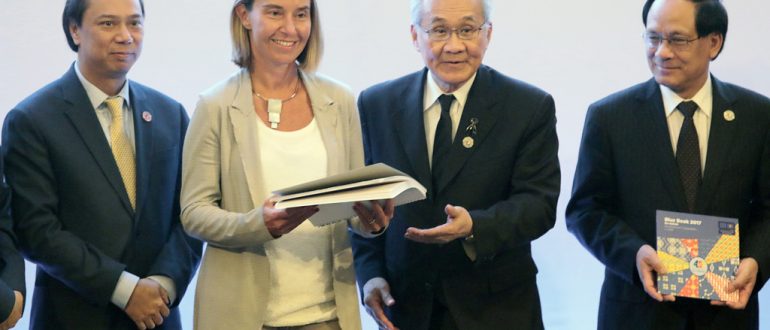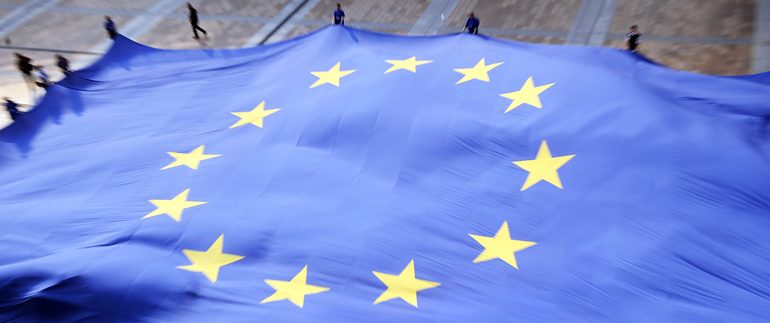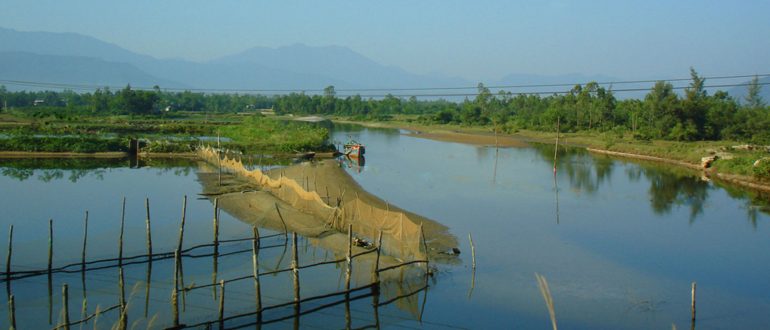One set of goals for all! The “Post-2015” global development agenda
The reference period defined in 2001 for the international community to reach the Millennium Development Goals (MDGs) ends in 2015. Whether a global development agenda should continue to be pursued is currently the subject of intense discussions within the United Nations (UN), referred to as to “Post-2015”. Many national and regional consultations were initiated and the High-Level Panel of Eminent Persons on the Post-2015 Development Agenda (HLP) was appointed, including members such as former German Federal President Horst Köhler and British Prime Minister David Cameron. Its proposal for a future Post-2015 agenda was submitted to UN Secretary-General Ban Ki-moon in May 2013 and will be discussed at the UN General Assembly in September 2013.
At the core of the MDGs is the goal to halve world poverty by 2015. Seven other goals cover the traditional areas of human development, from primary school education and the reduction in child morality to the fight against serious diseases. The MDGs have without a doubt influenced the development policy of almost the past fifteen years and significantly helped to mobilise a great deal of political and material resources. But they have also been criticised many times for their one-sided focus.
In order to redress the goals within the context of sustainable development, another process is being implemented to address the Post-2015 agenda since the Rio+20 conference in 2012. A new UN working group was assigned the task of drafting Sustainable Development Goals (SDGs). The group includes government officials from 70 countries. Germany shares a seat with France and Switzerland. This group has been meeting monthly since March 2013 with a view to presenting an interim report at the UN General Assembly in September. Given the overlap between the objectives and topics of the HLP and the SDG working group, both Post-2015 processes are to be as integrative and coherent as possible. Many are even in favour of consolidating the processes. However, as logical and obvious as this would seem, a consolidation has not yet been carried out due to complicated decision processes.
According to individual interpretation, the SDGs are intended to either complete or replace the MDGs, but above all, as per their example, to provide explicit targets and time frames and assign objectively measurable indicators. The fundamental difference between the SDGs and the MDGs is their universal approach: While the MDGs were mostly focused on developing countries, SDGs are supposed to set global sustainability targets for all countries. The outcome report passed in Rio de Janeiro entitled ‘The Future We Want’ opens up an agenda along these lines that is as all-encompassing as it is vague, emphasizing the significance of all conceivable environmentally and developmentally relevant problem areas, from the fight against poverty to sustainable tourism and the protection of mountains.
But an initial recommendation for concrete sustainability goals is not enough. Priorities on a few urgent issues also need to be set. The fact that there are so many issues on the table is actually symptomatic of the lack of progress in implementing global sustainability policies. It was easier to expand on everyone’s favourite subject in the declaration from the Rio+20 conference than to reach a consensus on the most urgent problem areas and solutions.
A more promising way to arrive at truly meaningful and actionable goals would be to focus the international debates on a few key issues. These should be issues concerning the essential conditions for sustainable development and requiring immediate action, since underlying trends, such as the increase in CO2emissions or the decrease in land areas, will have permanent consequences and the time windows for effectively dealing with these issues will soon close.
This applies first and foremost to the climate and energy policy. The consequences of climate change are already interfering with development perspectives in different regions. It is impossible to separate economic growth from the damage to the climate caused by CO2 emissions without a fundamental change in the energy system, the development of renewable energies and greater energy efficiency. At the same time, access to new forms of energy and the adaptation to climate change are essential preconditions for development, particularly in poor developing countries. There is already a consensus on these fundamental issues: all 194 member states of the UN Framework Convention on Climate Change are committed to avoiding dangerous climate change; at the same time the “Sustainable Energy for All” initiative established by UN Secretary-General Ban Ki-moon has been well received at the international level.
Less attention has been paid to the critical link between land use and soil conservation, which affects climate protection, species conservation and, importantly, the issue of world hunger. The ever-increasing world population has resulted in the need for a corresponding increase in agricultural production. At the same time, the principle of sustainability prohibits the expansion of agricultural land areas. Meeting the increasing global need for food through a more intensive cultivation of agricultural areas already in use without degrading the land long term is the key challenge of sustainability policy in the future. The basic functions of the soil as a link between land and water resources for the supply of ecosystem services and their importance as a means for storing carbon should therefore be an integral part of a credible Post-2015 agenda.
Finally, the production and consumption patterns of the prosperous segment of the world population need to be urgently addressed, since sustainable production and the corresponding consumer behaviour are essential to sustainable global development. This politically charged insight requires concrete changes in lifestyle and dietary habits in order to significantly decrease the burden on resources as well as the damage to the environment due to production and consumption. This applies particularly to the rich industrial nations and emerging countries such as China, India, Brazil and South Africa, with their rapidly growing middle class and consumer demands. These two groups of countries must prove that they are willing and able to put “business as usual” aside for the sake of global sustainability. Whether a sustainable global development agenda can be formed will depend on the credibility of such signals.
If Germany wants to establish a reputation as a reliable spokesperson for global sustainability, these sensitive fields of action may no longer be omitted from domestic policies. If it fails to set a convincing example in its own backyard, newly industrialising economies can hardly be expected to change their attitude. Words must now give way to actions. As the rest of the world attentively observes Germany’s energy transition, it can at least claim to be a role model in the area of climate and energy policy.
by Dr. Steffen Bauer and Dr. Carmen Richerzhagen
The authors are researchers in Department “Environmental Policy and Management of Natural Resources” at the German Development Institute / Deutsches Institut für Entwicklungspolitik (DIE) in Bonn.
This article was also published in Diplomatic Magazine (June 2013).



